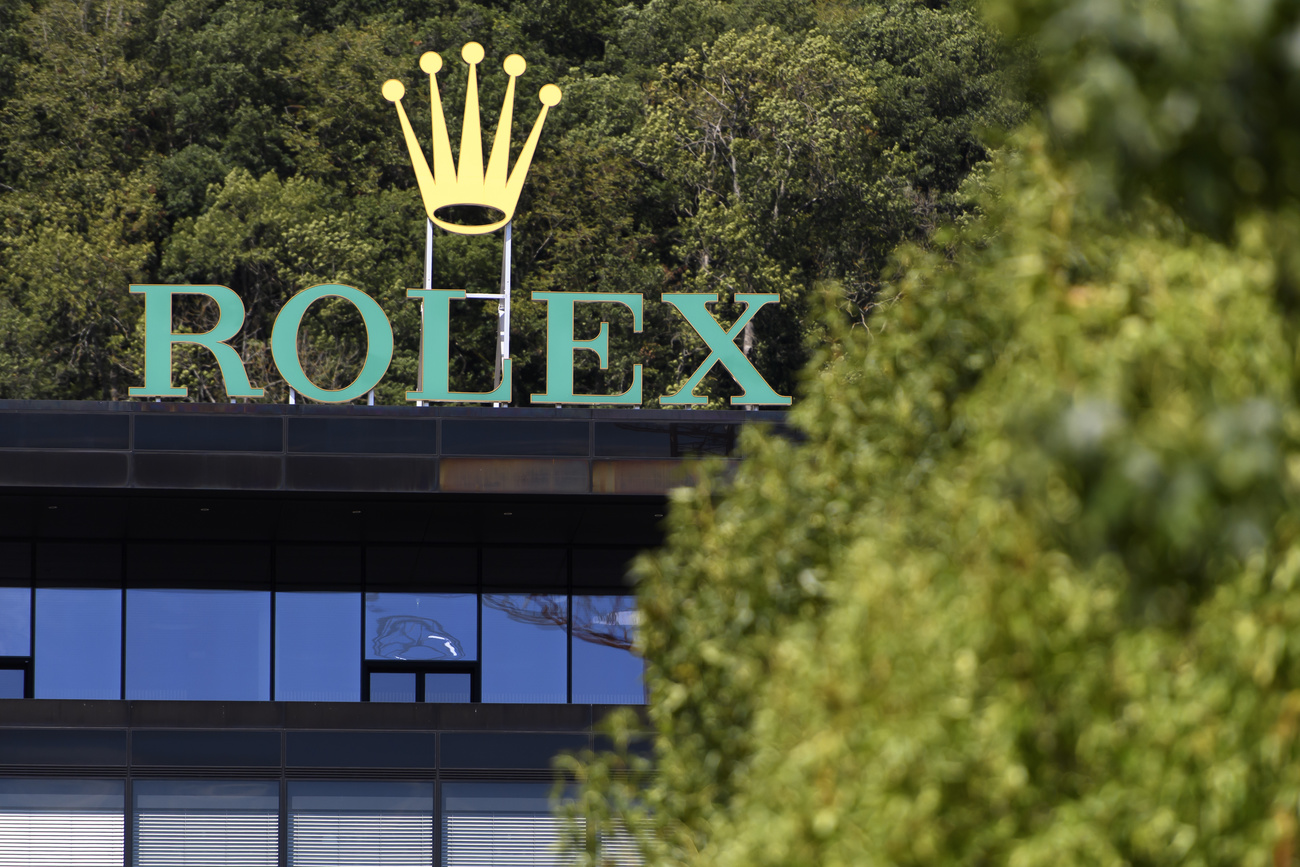

Switzerland Today
Dear Swiss Abroad,
What did you have for breakfast this morning? A bowl of muesli? If so, raise a spoon to Swiss physician and pioneering nutritionist Maximilian Bircher-Benner, who was born today in 1867. Bircher-Benner popularised muesli and raw food vegetarianism, but not everyone was a fan: novelist Thomas Mann visited his sanatorium and described it as a “health jail”.

In the news: Stolen luxury watches, discovered human bones, and satisfied employees.
- Luxury watches worth more than £1 billion (CHF1.1 billion) have been reported as stolen or missing, with a surge in the number of thefts last year. As secondary-market prices for the most in-demand models from Rolex, Audemars Piguet and Patek Philippe surged during the pandemic, so too did watch theft and crime.
- Human bones have been discovered in the mountains of Val de Bagnes in Switzerland. They belong to a German man who disappeared in 2016, according to the identification procedure. The public prosecutor’s office has opened an investigation. In recent years, as the glaciers have retreated, more and more mountaineers have been found, some of whom had been missing for decades.
- Despite stress, employees in Switzerland are better off than employees elsewhere in Europe, according to a survey published today. Just under one in four people in Switzerland feel that their safety or health is at risk at work. However, more Swiss than European employees complained about a comparatively high pace of work and work during leisure time.

Last night in Switzerland was tropical. In Vevey, overlooking Lake Geneva, the mercury didn’t fall below 25.4°C, the same as a summer’s day. But how should the media cover such temperatures – and global warming in general?
One example of how many people might agree not to do it was provided by the Tages-Anzeiger (pictured). Switzerland’s lakes, rivers and mountains are obviously very photogenic, and the shot of someone jumping into Lake Geneva is, from an aesthetic point of view, an eye-catching frontpage photo to go with a story on a heatwave. But what message is it sending?
“The images that define climate change shape the way it is understood and acted upon,” as the research organisation Climate Visuals has saidExternal link. The overwhelming scientific consensus is that climate change, in the form of global warming, the blurring of seasons and extreme weather events – hot and cold, dry and wet – is responsible for numerous deaths around the world, and things are only going to get worse. Between 2030 and 2050, climate change is expected to cause around 250,000 additional deaths a year, according to the WHOExternal link.
Yet shots of kids of all ages playing in fountains, jumping into rivers or having unseasonal snowball fights surely undermine how we perceive the gravity of the situation. Like virtually all media, we at SWI swissinfo.ch have in the past been guilty of using “fun in the sun” photos to accompany heatwave warnings, but awareness continues to grow of not downplaying the impact of the climate emergency on individuals, communities, biodiversity and the planet.
Matching the tone of the photo with the headline and article takes time – not always something in abundance in newsrooms with deadlines. Judge our coverage of climate change for yourself.
What do you think? Do the media generally get the focus right when choosing images for climate stories? Let us know.

August marks two important days in the humanitarian calendar: the day of the disappeared and World Humanitarian Day. Imogen Foulkes has more in the latest Inside Geneva podcast.
“I look at my kids, I look at my brothers, I look at my family, and I say ‘imagine now there is a frontline between us and my son, my brother, my mother, my father, are captured and I can’t see them for a year, two, three, four,” says Fabrizio Carboni, International Committee of the Red Cross (ICRC).
Inside Geneva hears how the ICRC reunites those divided by conflict and visits the Red Cross Central Tracing Agency.Anastasia Kushleyko, Central Tracing Agency.
And on August 30, the UN marks World Humanitarian Day. Twenty years after the Baghdad bombing which killed 22 UN staff, Inside Geneva talks to an aid worker deeply affected by that day.
Laura Dolci, UN Human Rights: “I had taken him to the airport, together with our child, and yes it took me in fact many years to be able to use the same elevator in the airport where I last kissed him.” She adds that “the aid worker, the humanitarian worker, the peacekeeper; ultimately it’s a human being who decides to put their own being also to the service of humanity.’’
Join Imogen Foulkes on the Inside Geneva podcast to find out more.
More

In compliance with the JTI standards
More: SWI swissinfo.ch certified by the Journalism Trust Initiative

















![The four-metre-long painting "Sonntag der Bergbauern" [Sunday of the Mountain Farmers, 1923-24/26] had to be removed by a crane from the German Chancellery in Berlin for the exhibition in Bern.](https://www.swissinfo.ch/content/wp-content/uploads/sites/13/2025/12/01_Pressebild_KirchnerxKirchner.jpg?ver=8f77363a)












